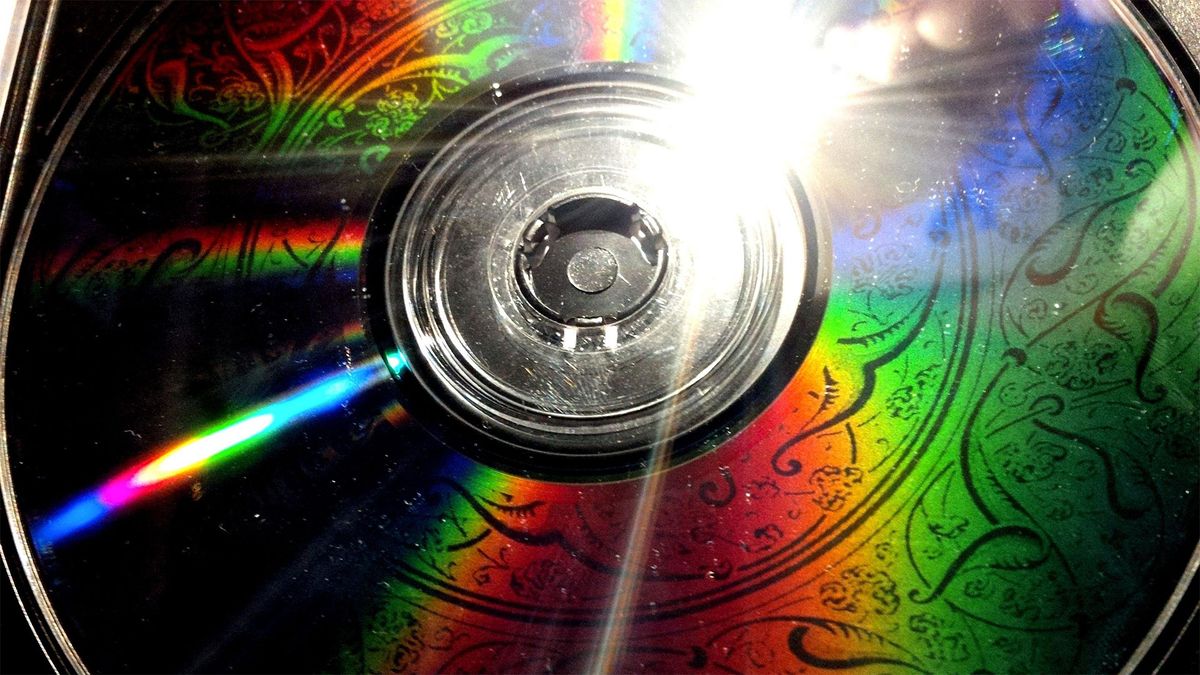Kids Around the World Are Still Swallowing Magnets at an Alarming Rate

Young children often put things in their mouths that they shouldn’t. Even seemingly harmless objects, such as toys, could have components small enough for a baby to swallow—such as magnets. Despite an increase in regulations, thousands of children around the world are still swallowing magnets.
In a sweeping international review, researchers from the University of California, Davis (UC Davis) and UC Davis Health investigated pediatric magnet ingestion reports from around the world alongside their corresponding national policies addressing the issue. Their results indicate that children in the U.S. might be especially vulnerable. While the study was only able to analyze 23% of the world’s countries, the researchers hope that their comparisons will inform regulatory policies moving forward.
“This data demonstrates that paediatric magnet ingestion is an international problem that must be addressed,” the researchers wrote in a study published today in the journal Injury Prevention. “Every geographic area has different availability of products and types of restrictions in place, yet the problem remains the same: If magnets are accessible to children, some children will inevitably ingest them, leading to a wide range of severe consequences.”
Children from around the world, especially under the age of four, are at risk of swallowing small, high-powered magnets found in household items like remotes, toys, and small appliances. While the researchers point out that swallowing a single magnet might not be problematic, swallowing more or swallowing one alongside a metallic object might necessitate invasive medical intervention.
To get a better picture of global trends, the team studied papers published between 2002 and 2024 on the prevalence and consequences of children swallowing magnets up to the age of 18. Most of the 96 papers came from Asia, the Middle East, North America, Europe, Chile, Australia, Egypt, and Tunisia. The researchers also assessed any policies regarding magnet production, sales, and use in their countries.
The average age of children swallowing magnets was between two and eight years old, and most children overall swallowed magnets from toys or school and office supplies, while at home, in nurseries, or in daycare. Many of the children needed medical interventions.
The U.S. represents the highest number of incidents (23,756) though this might be because individuals from the U.S. report such cases more frequently than others. Several countries, including the U.S. and China, saw an increase in reported cases over time. It could also result from more accurate reporting or changes in magnet cost, marketing, availability, or regulations, the researchers say.
On the topic of regulatory policies, the team found policies regarding pediatric magnet ingestion in only 10 countries or geopolitical zones: the U.S., Canada, the European Union, the U.K., France, the UAE, Taiwan, Japan, Australia, and New Zealand. The policies included (few) outright bans of small magnets, limits on magnet strength, and/or labelling regulations.
“Many countries still lack national policies aimed at limiting access to small, ingestible magnets, even countries with published incidence of morbidity and mortality from paediatric magnet ingestions,” the researchers explained. In the U.S., regulations keeping high-powered magnets out of the market were overturned in 2016, after which the number of pediatric magnet ingestion reports soared by 444% until 2022 when new—but still questionable—policies came into effect.
Overall, the researchers argue that the true number of pediatric magnet ingestions is likely even higher than what they outline in their study, since many incidents that don’t need medical intervention likely go undocumented. And while their study was “limited by information availability,” the bottom line is that children are still swallowing magnets at a high rate.
Fortunately, “this data also provides some insight about potential solutions,” the researchers pointed out. “Removal of magnets from the market is linked to a decreased incidence of injuries related to magnet ingestions and thus, such policies should be proposed, promoted and enforced.”
What's Your Reaction?
 Like
0
Like
0
 Dislike
0
Dislike
0
 Love
0
Love
0
 Funny
0
Funny
0
 Angry
0
Angry
0
 Sad
0
Sad
0
 Wow
0
Wow
0
































:quality(85):upscale()/2025/05/21/858/n/1922729/d9f14494682e2b4a1ed9a7.95824287_.jpg)



